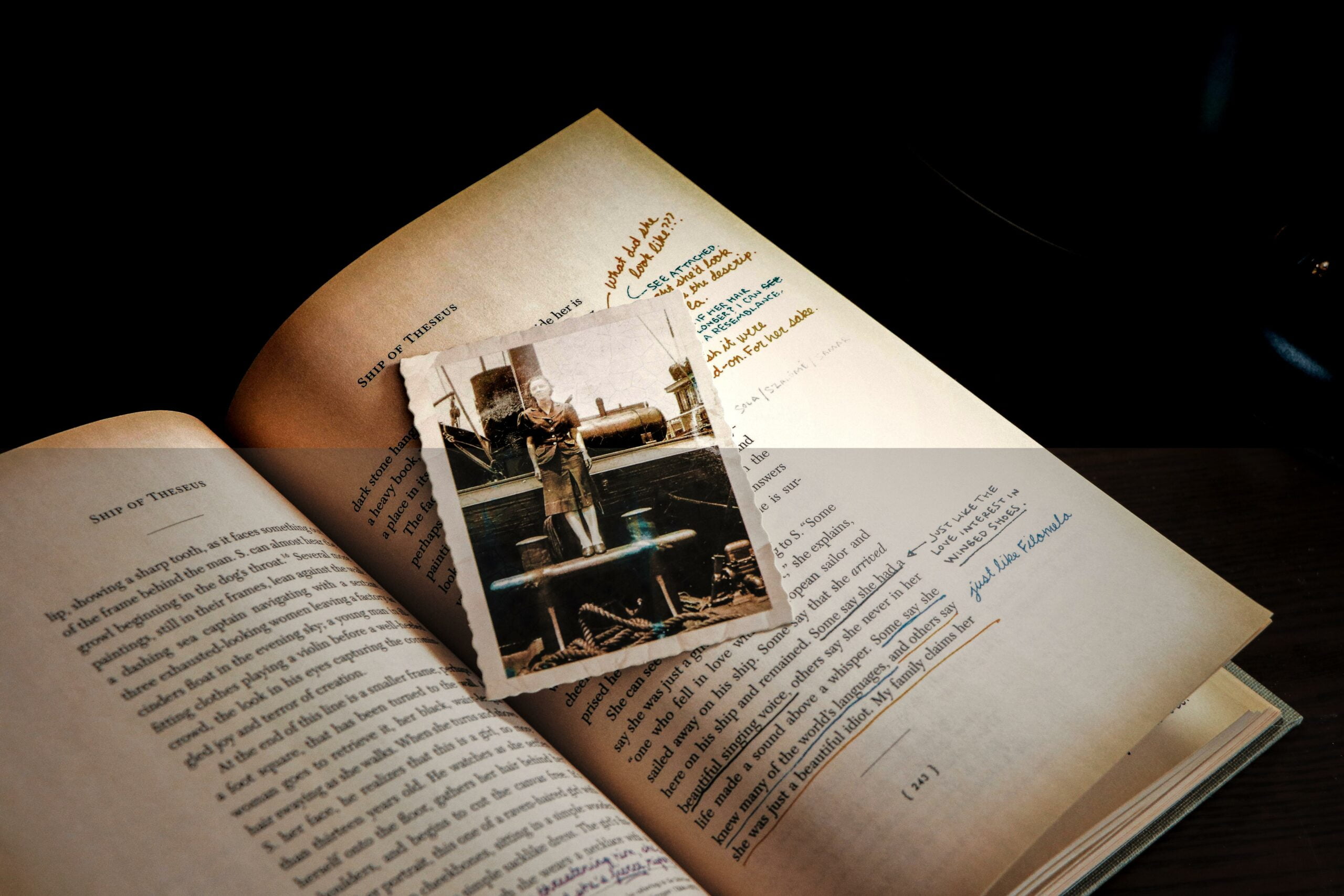Intriguing and captivating, the history of paper unravels an extraordinary tale of human ingenuity and transformation. Journey with me as we delve into the realms of ancient civilizations and unlock the secrets of this humble yet extraordinary artifact. Brace yourself for a captivating narrative that unravels the evolution of paper, tracing its indelible impact on the very fabric of human civilization. Prepare to explore the profound significance of this seemingly mundane material, and discover how it has shaped communication, fostered cultural exchanges, and propelled intellectual development throughout the ages. Welcome to the mesmerizing world of the history of paper.
History of Paper
The fascinating world of paper holds a captivating story, intertwined with human civilization’s progress and intellectual development. Let’s embark on a journey through time, tracing the evolution of paper and its profound impact on our lives.
Ancient Egypt: The Birth of Papyrus
Our expedition begins in ancient Egypt, where the earliest forms of paper were born. Around 3000 BC, the ingenious Egyptians mastered the art of crafting papyrus paper. Papyrus was made from reeds found along the Nile River, which were skillfully woven together to create thin sheets. This remarkable innovation revolutionized communication and record-keeping, allowing for the preservation and dissemination of knowledge on a scale never seen before.
“Through the ingenuity of the Egyptians, papyrus emerged as a vital tool, propelling human progress forward.”
Parchment: The Art of Animal Skin
While the Egyptians were perfecting papyrus, another civilization was discovering a different kind of paper. Around 2450 BC, ancient cultures began processing animal skins into parchment—the predecessor of modern-day paper. Parchment offered a durable writing surface, ideal for important documents and manuscripts. Its creation required meticulous craftsmanship, involving the cleaning, stretching, and smoothing of animal skins before they were ready to be used as writing material.
“The ingenuity of ancient cultures unlocked the untapped potential of animal skins, birthing the extraordinary world of parchment.”
China and the Advent of Paper
As we venture further, we encounter China, the birthplace of paper as we know it today. In the quest to collect Buddhist texts, the Chinese invented paper in the 2nd century BC. This significant breakthrough revolutionized the way information was recorded and disseminated. The invention of paper quickly spread through Central Asia, reaching merchants, governments, and commerce, sparking a wave of cultural exchanges and catalyzing intellectual growth.
“China’s pursuit of knowledge led to the most transformative invention of all—paper, a catalyst for global connectivity.”
Evolution of Papermaking
The history of papermaking witnesses remarkable advancements over time. The first papermaking process involved handcrafting paper from pulps derived from plant fibers. However, the 19th century witnessed a monumental leap forward with the advent of modern papermaking machines. These machines streamlined the process, increasing both the efficiency and accessibility of paper production.
“The evolution of the papermaking process propelled human civilization towards limitless possibilities, breathing life into our collective dreams.”
From Rags to Riches
Before the industrialization of paper production, the most common source of paper fiber was obtained from recycled textiles, commonly known as rags. These rags were broken down into pulp and transformed into paper, highlighting the resourcefulness of our ancestors. However, with the rise of modern practices, alternative fiber sources have emerged, ensuring sustainability and diversity in paper production.
“From humble rags to extraordinary pages, the transformative power of paper showcased human adaptability and resourcefulness.”
Global Expansion of Paper
Paper continued its global conquest, reaching distant lands through trade and cultural exchange. By the 14th century, Europe had fully embraced the art of papermaking, establishing numerous mills to meet the growing demand. Meanwhile, the Arab world welcomed paper with open arms after two Chinese papermakers were captured in AD 751. This encounter introduced the Arab world to the wonders of paper, sparking a revolution of knowledge and progress.
“Paper traversed continents, transcending borders, and unifying humanity on the path of enlightenment.”
In conclusion, the history of paper is a tale of human ingenuity, intellectual growth, and cultural exchange. From the birth of papyrus in ancient Egypt to the invention of paper in China, and the subsequent evolution of papermaking techniques, this versatile material has shaped our civilization’s course. With its unparalleled ability to preserve and disseminate knowledge, paper has truly been a bridge connecting generations and cultures. As we unfold this historical narrative, we grasp the profound impact of paper on human progress, cultural exchanges, and intellectual development across different eras and regions.
“The legacy of paper resonates through the corridors of time, forever shaping our shared human story.”
It is often fascinating to delve into the depths of history and explore the ancient empires and dynasties that shaped our world. One such intriguing question that arises is, “Which empire or dynasty witnessed the invention of paper?” The answer to this query lies within the annals of the past, and by clicking here, you can uncover the secrets behind this remarkable invention. So, embark on this journey of knowledge and satisfy your curiosity about the pivotal empire or dynasty that paved the way for the remarkable invention of paper.
which empire or dynasty witnessed the invention of paper
The Invention and Evolution of Paper: A Fascinating Journey Through History
[youtube v=”v6wEh98r45E”]
The Origins of Writing Materials
- Before the invention of paper, ancient civilizations used various materials for writing and record-keeping purposes.
- Chinese inscriptions were carved on bones and shells, while birch bark and palm leaves served as writing surfaces in India and Southeast Asia.
- The Egyptians used papyrus, made from the pith of the papyrus plant, which later inspired the word “paper.”
- Parchment, made from animal skins, gained popularity as a durable writing material in ancient cultures.
“The invention of paper revolutionized the way humans recorded and disseminated information, shaping civilization’s course and connecting generations.”
The Birth of Paper: An Ingenious Chinese Invention
- The exact origin of paper is still unknown, but the oldest extant paper fragment was discovered in China and dates back to 179-141 BC.
- Chinese court official Cai Lun is credited with inventing a paper-making method in 105 AD, inspired by wasps and bees.
- Cai Lun’s innovation, which involved using rags and plant fibers, had a profound impact on human history by spreading literature and knowledge worldwide.
“Cai Lun’s invention of paper standardized its production and revolutionized the media, spreading literature and knowledge to all corners of the globe.”
Paper’s Journey Across the Globe
- Papermaking techniques gradually spread beyond China, reaching Vietnam, Korea, Japan, and India over the centuries.
- The introduction of paper to the Islamic lands resulted in a significant increase in the availability of paper, leading to the establishment of libraries and the production of illustrated books.
- Paper eventually reached Europe, with the first recorded paper mill appearing in Spain in 1056.
“The spread of paper across different regions fostered cultural exchange and contributed to the development of libraries, illustrated books, and administrative systems.”
The Impact of Paper on the Spread of Knowledge
- The invention of the printing press by Johannes Gutenberg in 1450 further enhanced the accessibility and dissemination of knowledge, marking the beginning of the Printing Revolution.
- Paper became more affordable and widely used with the advent of paper-making machines in the 19th century, replacing the traditional method of using recycled textiles.
- Throughout the 20th century, advancements in paper-making technology increased production speed and quality, making paper a ubiquitous and cost-effective commodity.
- Today, there is a growing demand for tree-free paper products and a focus on sustainability within the pulp and paper industry.
“The invention of the printing press and the development of paper-making machines have played crucial roles in the spread of knowledge and the accessibility of information. However, the industry now faces the challenge of balancing increasing consumption with sustainability.”
A Reflection on Paper’s Journey
- The history of paper showcases human ingenuity, intellectual growth, and cultural exchange.
- Paper has served as a medium through which knowledge and stories have been preserved and passed down from generation to generation.
- From the ancient Egyptians using papyrus to modern-day high-speed paper-making machines, the evolution of paper has shaped the course of civilization.
“From ancient times to the present day, paper has been an integral part of human history, connecting people and cultures through its role in preserving knowledge and facilitating communication.”
By exploring the fascinating history of paper, we gain a deeper understanding of its significance, from its humble beginnings to its widespread use today. Join us on this journey through time as we delve into the invention of paper, its global impact, and its ongoing evolution.
FAQ
Question 1:
What is the origin of paper?
Answer:
The history of paper can be traced back to ancient Egypt, where people used papyrus made from reeds or parchment made from animal skin. The Egyptians mastered the art of creating papyrus paper around 3000 BC, while the oldest surviving record of animal skins being processed into parchment dates back to 2450 BC.
Question 2:
Which civilization invented paper?
Answer:
The invention of paper is credited to China. It was initially invented to collect Buddhist texts, and over the next two centuries, paper use spread through Central Asia and was utilized by merchants, government, and commerce. The first parchment manufacture appeared in Ancient China around 200 BC in Pergamon (Asia Minor).
Question 3:
How has the papermaking process evolved over time?
Answer:
The papermaking process has evolved significantly over time. In the 19th century, modern papermaking machines were developed. Before the industrialization of paper production, the most common fiber source was recycled fibers from used textiles called rags. This process allowed for more efficient and widespread paper production.
Question 4:
When did papermaking spread to other regions?
Answer:
Paper reached Central Asia by 751 and Baghdad by 793, marking its expansion outside of China. By the 14th century, paper mills were established in Europe. The Arab world also adopted papermaking in AD 751 when two Chinese papermakers were captured by the governor-general of the Caliphate of Baghdad.
Question 5:
What is the significance of paper in human civilization?
Answer:
Paper has played a pivotal role in shaping communication and knowledge dissemination throughout human history. Its invention allowed for the preservation and spread of information, ideas, and cultural exchanges. The evolution of paper enabled intellectual development across different eras and regions, contributing to human progress and the development of civilizations.
















